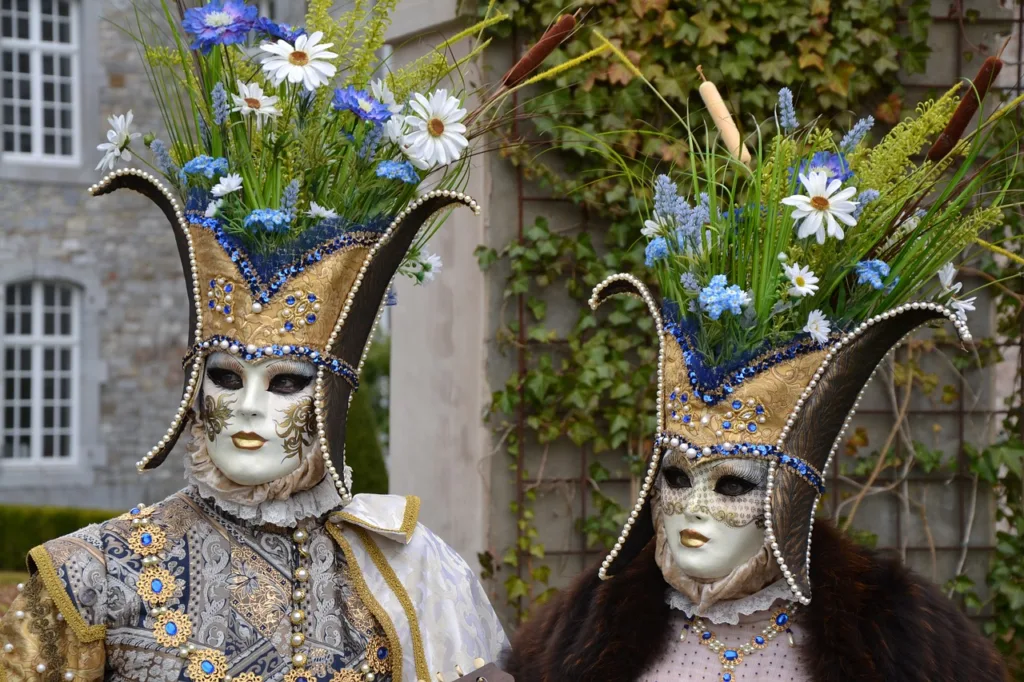
To be honest, the joy you get from discovering new places and exciting adventures depends on how much you enjoy learning about other cultures. Festivals are a greatest way to spend quality time with people and experience the local culture first hand. It’s a really easy and enjoyable way to add some flavor to your sightseeing trip.
There are tons of festivals around the world to choose from every year, so don’t worry—we’ve got you covered! So that you can prioritize and plan your ideal vacation early, we’ve put together a list of the world’s greatest festivals.
Table of Contents
Festivals :
Carnival of Venice
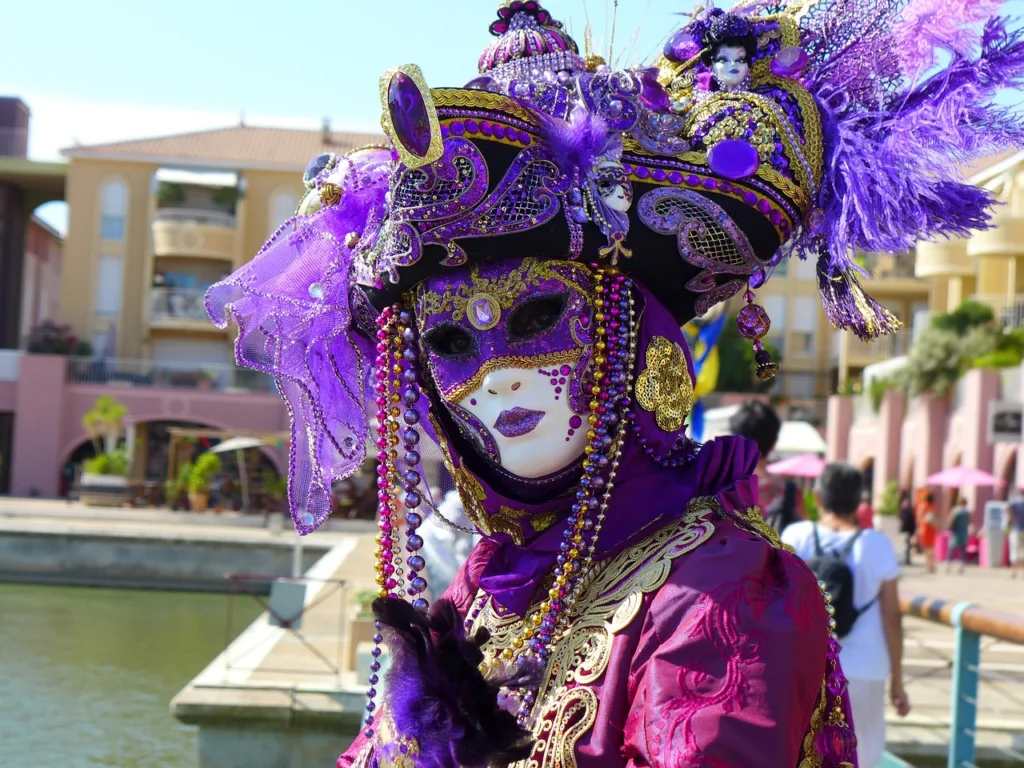
Location: Venice, Italy
The Venice Carnival, or Carnaval di Venezia, originated in the eleventh century and became popular worldwide in the eighteenth century. Every year, in the weeks leading up to Carnival, thousands of visitors and residents take to the streets wearing elaborate masks and costumes to participate in the festivities, dance, music and lively atmosphere.
In addition, there will be open-air street parties, grand events held in grand 18th-century Venetian buildings, live theater shows with humorous and intriguing traditional folk characters, and awards ceremonies to honor the best masks and costumes. The end of the carnival.
Holi Festival
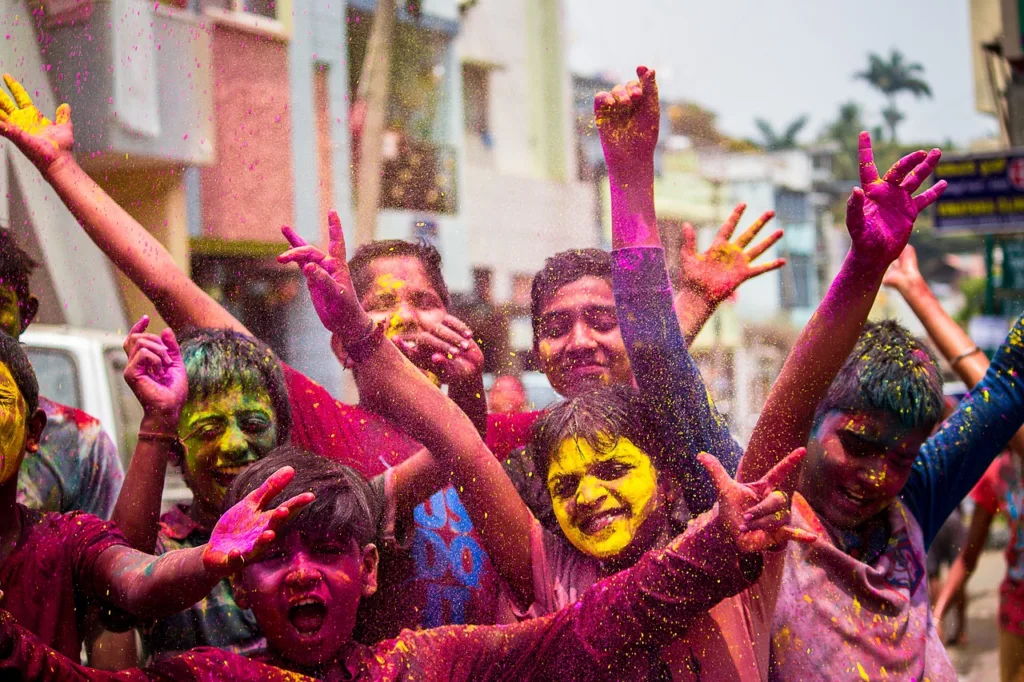
Location: India and Nepal
Undoubtedly, Holi is one of the most important religious Indian holidays in the world. Holi, also known as the festival of colours, is a spring celebration of the victory of good over evil. In addition, the holiday represents a joyous celebration of the end of winter and the abundance of the upcoming spring harvest season.
Holi provides an opportunity for both locals and visitors to play, dance, and sing carefree. Celebrated annually on the day following the March full moon, people paint vibrantly colored powder on friends, family, and strangers, toss colored water at one another, and dance beneath water jets. Large bonfires with singing and dancing on the eve of the festival mark the beginning of Holi celebrations, which are centered around Hindu legends about the burning of the deity Holika and its connection to the holiday.
Rio Carnival
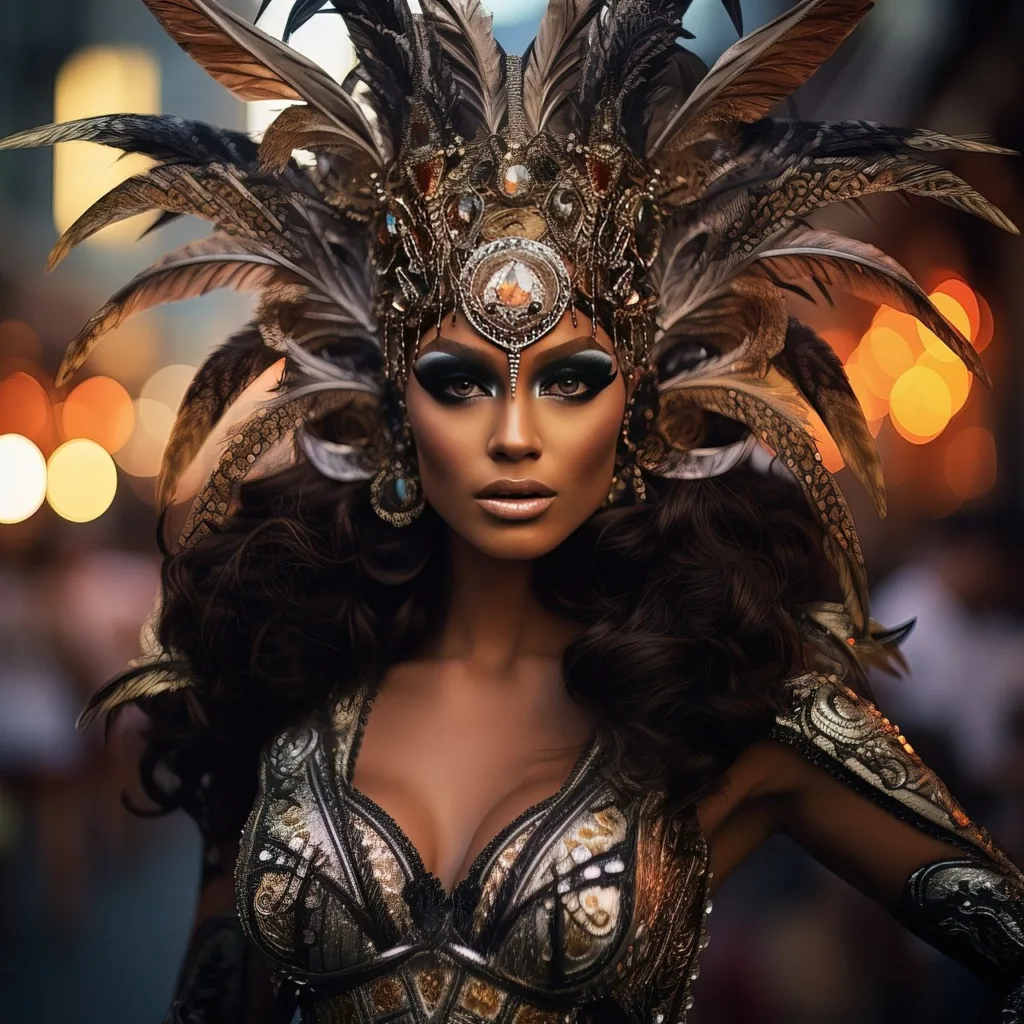
Location: Rio de Janeiro, Brazil
Nothing compares to Rio’s Carnival. Indeed, it is almost hard to consider Brazil’s capital city without considering its celebration of Carnaval. The carnival that takes place in Rio de Janeiro is among the world’s most fascinating and popular cultural events. Even though the festival’s roots are in the ancient Greek celebrations honoring the god of wine, Dionysus, the Romans changed Carnival over time to honor two of their own gods. Later, the Catholic church added its own changes and the festival was observed immediately before Lent.
Rio de Janeiro has proven to be the world’s carnival capital thanks to its well-known samba dance, vibrant, eye-catching costumes, throbbing music, amazing float displays, and exuberant spirit. Join a local samba club, or “samba school,” and enjoy a world of world-class events where you can dance, sing, and have a good time.
Boryeong Mud Festival

Location: Boryeong, South Korea
first performed in 1998 Celebrated in the coastal town of Boryeong, South Korea, the Boryeong Mud Festival is a relatively recent event. Originally intended as PR for a line of cosmetics made with the nutrient-rich mud from the region, the event swiftly rose to prominence as Korea’s most anticipated summer celebration. Now, the Boryeong Mud Festival is merely a fantastic reason to get fun and messy.
Every year, attendees of festivals flock to Daecheon Beach to enjoy energetic live music, a dip in the nutrient-rich mud, and the opportunity to sample a variety of mud-related health and beauty offerings. Take a plunge in the nutrient-rich mud pool, slide down the mud slide, or explore your creative side by creating your own mud soaps, body painting, and taking on the obstacle course of the mud maze.
Oktoberfest
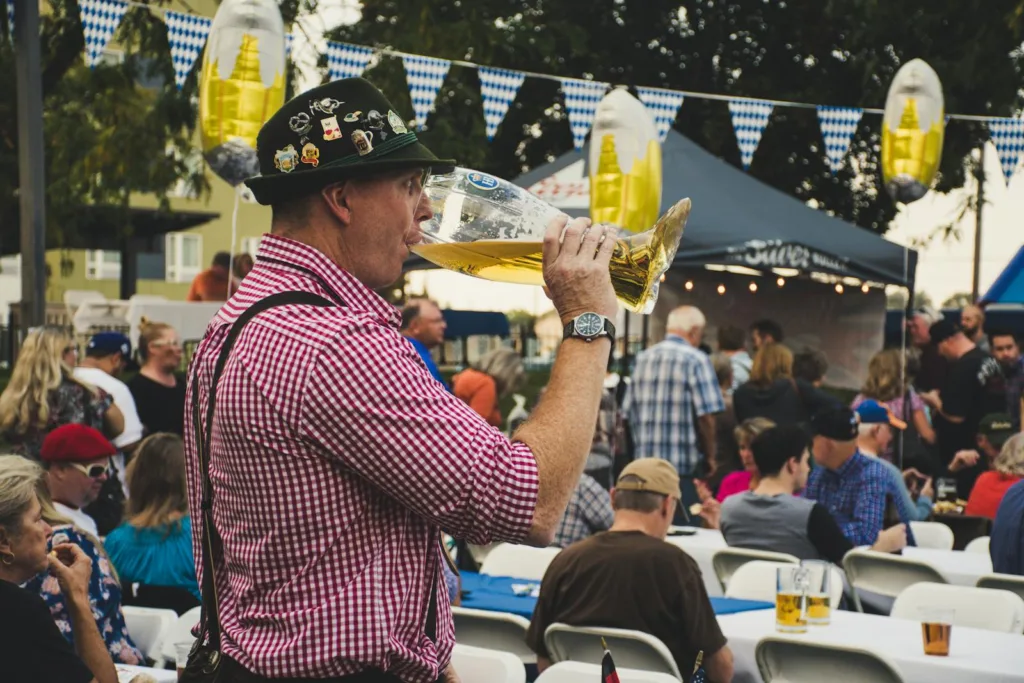
Location: Munich, Germany
Once in 1810 a German crown prince married his princess. The gracious royals threw a ton of festivities for the entire Bavarian population in Munich, and since everyone was having so much fun, they decided to repeat the event the following year and the year after that. As a result Oktoberfest was born. These days, most people associate October with cooler temperatures, pumpkins, and of course, Oktoberfest.
Oktoberfest is one of the biggest festivals in Europe and is extremely well-known across the globe, drawing an average of 6 million visitors to Munich annually. So much so that other major US cities have duplicated the festivities of Oktoberfest. Oktoberfest is a few weeks of amazing celebration that combines elements of the rich local culture, history, games, fun, and food with excellent beer. Visit the Wiesn (fairgrounds) to take in the agricultural demonstrations, fancy processions, exciting fair rides, historical and cultural exhibits, an abundance of food options, and, of course, the gallons of beer that Oktoberfest is known for.
La Tomatina
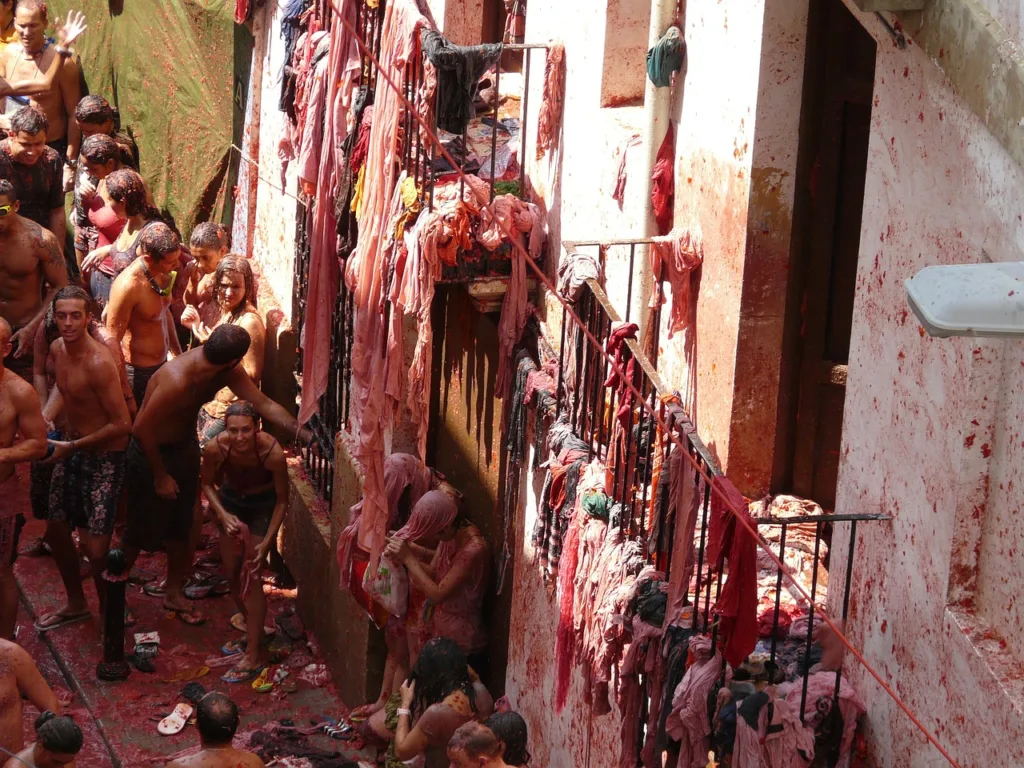
Location: Buñol, Spain
Every August, the village of Buñol hosts the biggest food fight event, La Tomatina. The genesis tale of La Tomatina can take many different forms, from innocent kid pranks to attacks on a terrible singer to the villagers venting their frustration and rage at municipal council members.
This eccentric event and friendly combat draw large crowds. The renowned La Tomatina has hosted more than 50,000 guests in the past, but in more recent years, a ticketing system has been implemented to cap the attendance at 20,000 or fewer. Over 100 tons of overripe tomatoes are crushed and thrown all over throughout the one-hour battle, which starts with the firing of water cannons.
Dia de los Muertos

Location: Mexico
Day of the Dead, also known as Día de los Muertos, is a unique blend of European Catholic traditions and ancient indigenous customs that easily outshines even the most colorful Halloween celebrations.
In order to honor their loved ones who have passed away, Mexicans create stunning altars, bake and decorate pan de muerto, host and attend costume parties, visit friends and leave gifts at altars, make vibrant sand tapestries, and light candles. They also bring bright colors, upbeat attitudes, and rich traditions to the celebration of their dearly departed.
One of the largest annual celebrations in the southern Mexican city of Oaxaca is Día de los Muertos, which takes place between October 31 and November 2. A variety of associated events precede and follow the festivities.
Día de los Muertos is a joyful celebration of life and death rather than just honoring all things eerie. The majority of Mexicans visit cemeteries and graves to honor deceased family members and friends; Outside the larger cemeteries are set up with vendors offering sweets and snacks as well as carnival rides.
Songkran Water Festival

Location: Thailand
Thailand hosts the Songkran Water Festival in April to commemorate the country’s traditional New Year. However, since Songkran is the most anticipated event in Thailand, Chiang Mai’s interpretation of the festival is renowned and not to be missed.
For Thai people, the symbolism of water splashing has traditionally included blessings, purging, and freshness. People of all ages emerge prepared to shower friends and strangers alike with super soakers or buckets of water in this modern twist on traditional beliefs.
Religious processions, bubbles, professional dancers’ performances, and other entertaining ways to stay cool are all part of the festivities.
Harbin Ice and Snow Festival
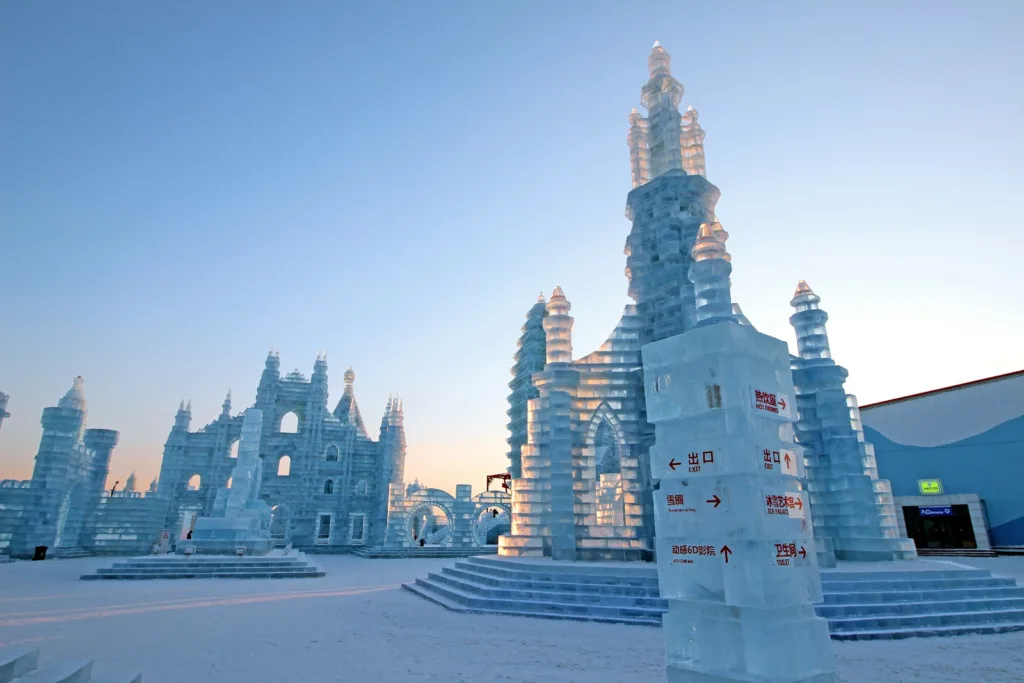
Location: Harbin, China
The largest ice and snow festival in the world, the Harbin Ice and Snow Festival is an annual winter festival with a theme held in Harbin, China. Every year, the Harbin Ice and Snow Festival introduces guests to a brand-new icy and snowy wonderland. The city is known as the “Ice City” due to its northeastern position in China, which makes ice and snow naturally abundant.
Apart from being known as the snow capital of China, Harbin is also famous for its incredibly beautiful snow and ice sculptures. The Ice Lantern Festival precedes the Ice and Snow Festival. However, the Ice and Snow Festival is the country’s premier snow event, the most popular snow event and one of the top winter festivals worldwide.
Burning Man

Location: Black Rock City, Nevada
One of the most well-known festivals in the US is Burning Man, despite its rather ominous moniker and mysterious aura. Black Rock City is a thriving, full-blown temporary metropolis in Black Rock Desert, Nevada, built specifically for the Burning Man Festival.
Every year in late summer, the festival celebrates ideals such as de-commodification, community collaboration, participation and self-expression while allowing attendees to enjoy art and the last moments of summer.
Participants are invited to freely share their talents through experimental or interactive sculptures, performance art, and other media in keeping with that year’s festival theme. At Burning Man, the community explores many kinds of artistic self-expression. An ordinary celebration isn’t what Burning Man is. Nearly all events in Black Rock City are totally the product of the city’s residents, who actively participate in the experience.
Yi Peng Festival: Lantern Festival

Location: Chiang Mai, Thailand
Every year, Yi Peng is a part of Northern Thailand’s festival of lights and takes place in the second lunar month. Yi Peng is a national holiday in Thailand, but the biggest celebration is held in Chiang Mai, where traditional performances and spectacular fireworks cap off the city’s impressive displays.
Homes and public spaces owned by the people are decorated with vibrant hanging lanterns and flags during Yi Peng. A parade, live music and dance performances, craft fairs, and the release of lanterns into the night sky are all part of the festivities.
Lantern releases are about more than just gorgeous lights floating in midair for the residents. Lantern releases are typically associated with moving on from previous misfortune and starting over.
You may also like : The 5 Most Celebrated and Popular Indian festival in the World
